By Smita Mukerji
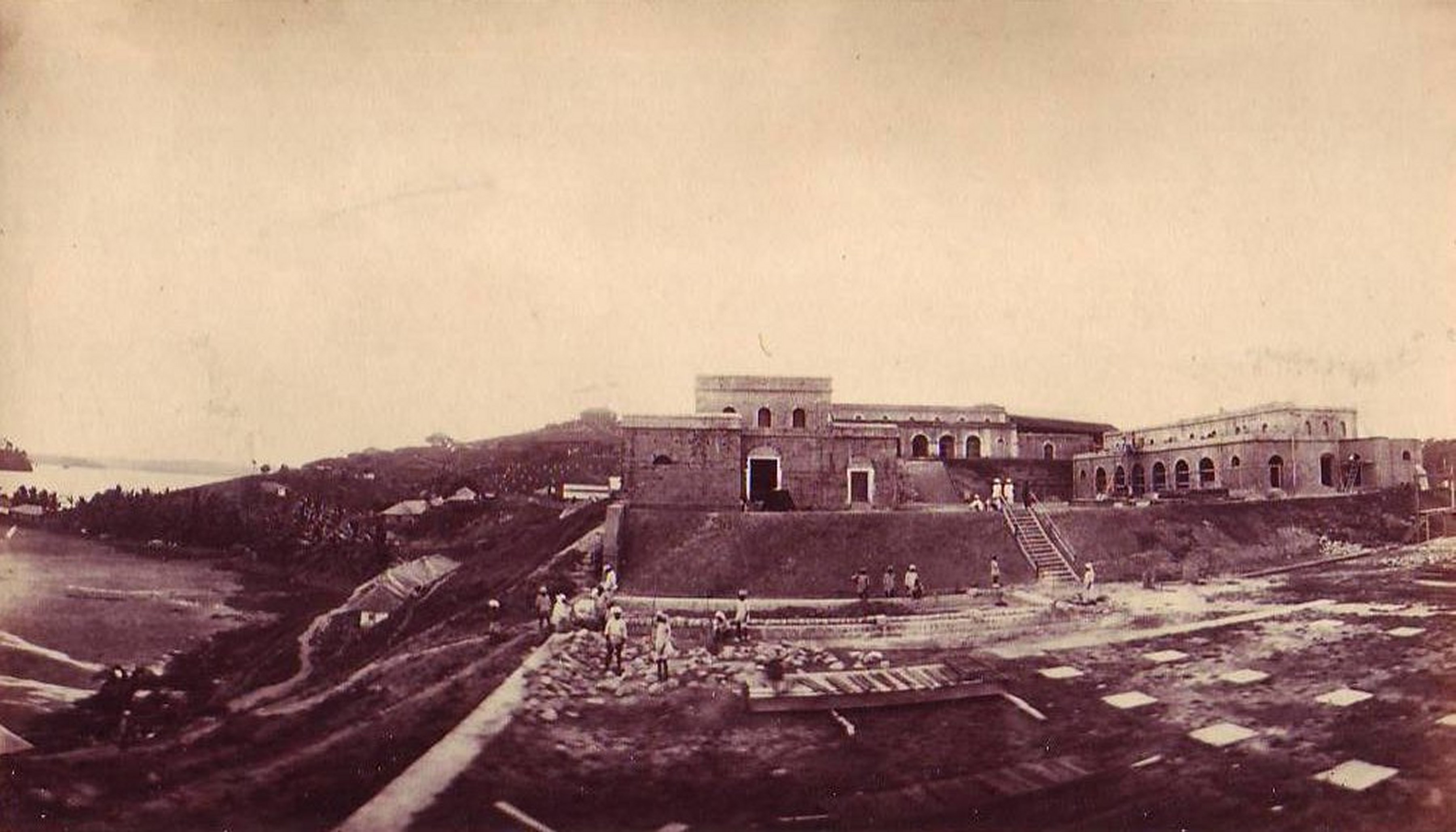
Read the previous section of this series here.
Viper Island Jail Andaman
Andaman Islands, is a group of islands at the juncture of the Bay of Bengal and the Andaman Sea, large and small numbering 204 in all. It lies 590 miles from the mouth of the Hugli, the nearest point of the mainland being Cape Negrais in Burma, 120 miles away. The main part of the Andamans consists of five chief closely adjoined and overlapping islands known collectively as “Great Andaman”, which was established by the British government of Bengal as a penal colony for isolating political prisoners.
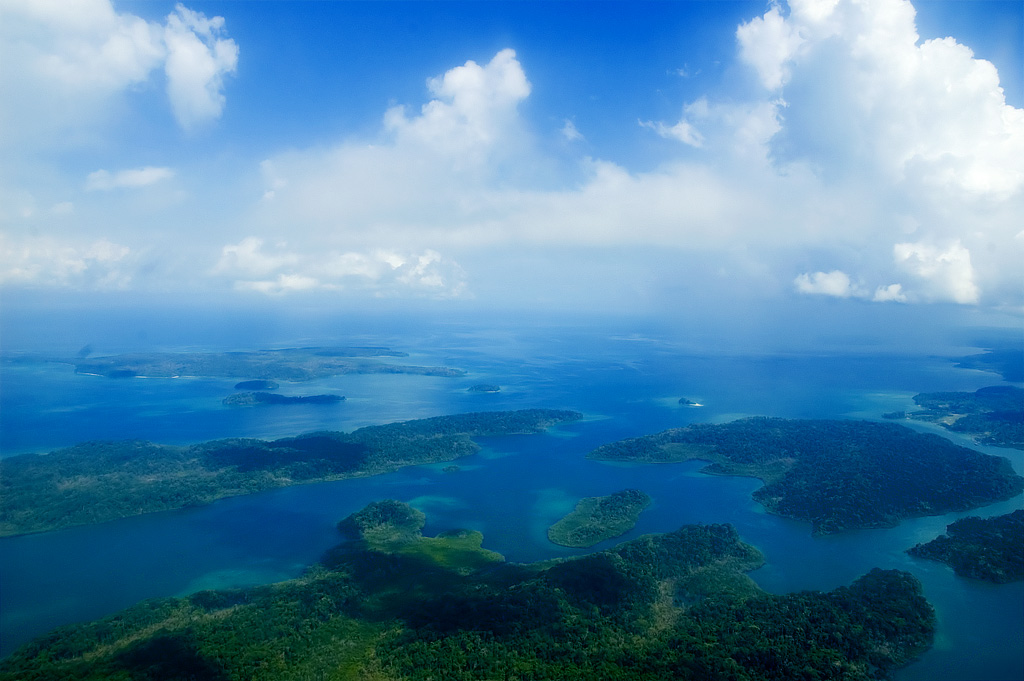
The history of the Andaman Islands is largely unknown until the advent of western colonization in the 18thcentury. Possible references to it can be found in Ptolemian geography and the records of some medieval Arab and European travellers. The islands were taken over by the Tamil Chola king, Rajendra Cholan I (1014 to 1042 CE) maintained as a strategic naval base to launch an expedition against the Hindu-Malay Srivijaya empire based in the island of Sumatra, Indonesia. But it was not until the British East India Company’s cartographers and surveyors began making accurate reports on its features that we find the archipelago definitely placed on the map.
The colonisation of most of the far-flung overseas colonies of the British Empire was made possible by use of penal labour. Since late eighteenth century, the British penal system had availed itself of the recourse of transporting convicts to remote islands colonised by them for developing infrastructure in the early settlements to make them inhabitable. But the character of the settlements was decided and developed depending on the strategic, economic and political needs of the colonial state. The penal colonies were different from other settler colonies inasmuch they were used fundamentally for carceral detention, as was the case of the Andamans.
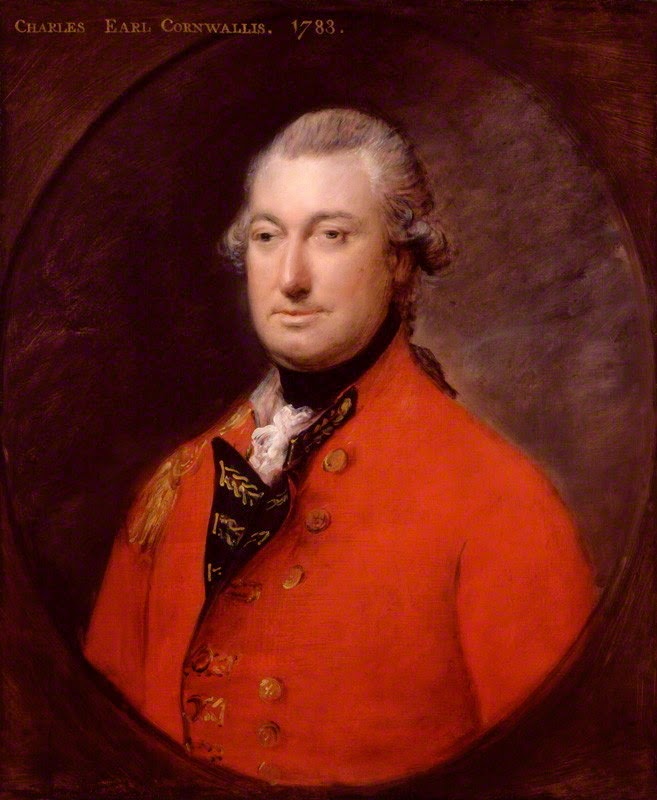
On account of frequent piracies and ill-treatment of ship wrecked and distressed crews around the Andaman Islands,[1] the government of Bengal sought to establish an outpost there. Two able officers, Robert Hyde Colebrooke of the Bengal Engineers, and Captain Archibald Blair, a surveyor of the British East India Company’s sea service[2], were commissioned by the Governor General, Lord Charles Cornwallis, in 1788 to survey and report on the possibility of starting a penal colony associated with a harbour of refuge. In a sequel, a spot on Chatham Island, in the southeast bay of the Great Andaman was determined by Blair for establishing his settlement, for which he set course in September 1789. Situated 800 miles east off the Indian mainland, the place, named Port Cornwallis (known subsequently by its present name, Port Blair) was planned as a permanent, self-reproducing, self-sustaining society, but had little success on those counts and struggled with the problems of finding willing long-term settlers, disease, provisions and uneasy relations with the indigenous Andamanese people.

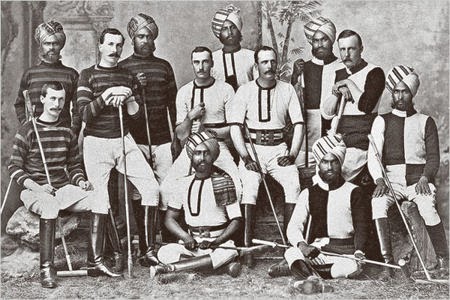
Before any measure of stability had been achieved the precarious garrison had to be uprooted at the end of 1792, shifted to another site in the north-eastern part of Great Andaman. Motivated explicitly by strategic calculations, but internally perhaps more from an egoistic reliance on his own assessment of the new location as a vastly superior harbour for a fleet of war than the anchorage off Chatham Island, Commodore William Cornwallis[3], urged the colony to be moved for supplying manpower for the establishment of the naval arsenal, the charge for which was handed to Captain Alexander Kyd. With the colony, the name ‘Port Cornwallis’ was transferred to the new base, which however turned out to be a blighted location wracked by much disease and death from its inception.
As initial efforts to colonise the islands with native artificers and labourers brought there through inducements were repeatedly confounded, the Home Department in 1793 took the decision to transport convict labour to the Andamans and instructed Kyd[4], to “prepare a place of security for native felons that may be sent from Bengal.”[5] By the end of the year, 200 convicts from Bengal had been transported to the settlement. By mid-1794 most of the new arrivals to the Islands were convicts, outnumbering the labourers and their families.
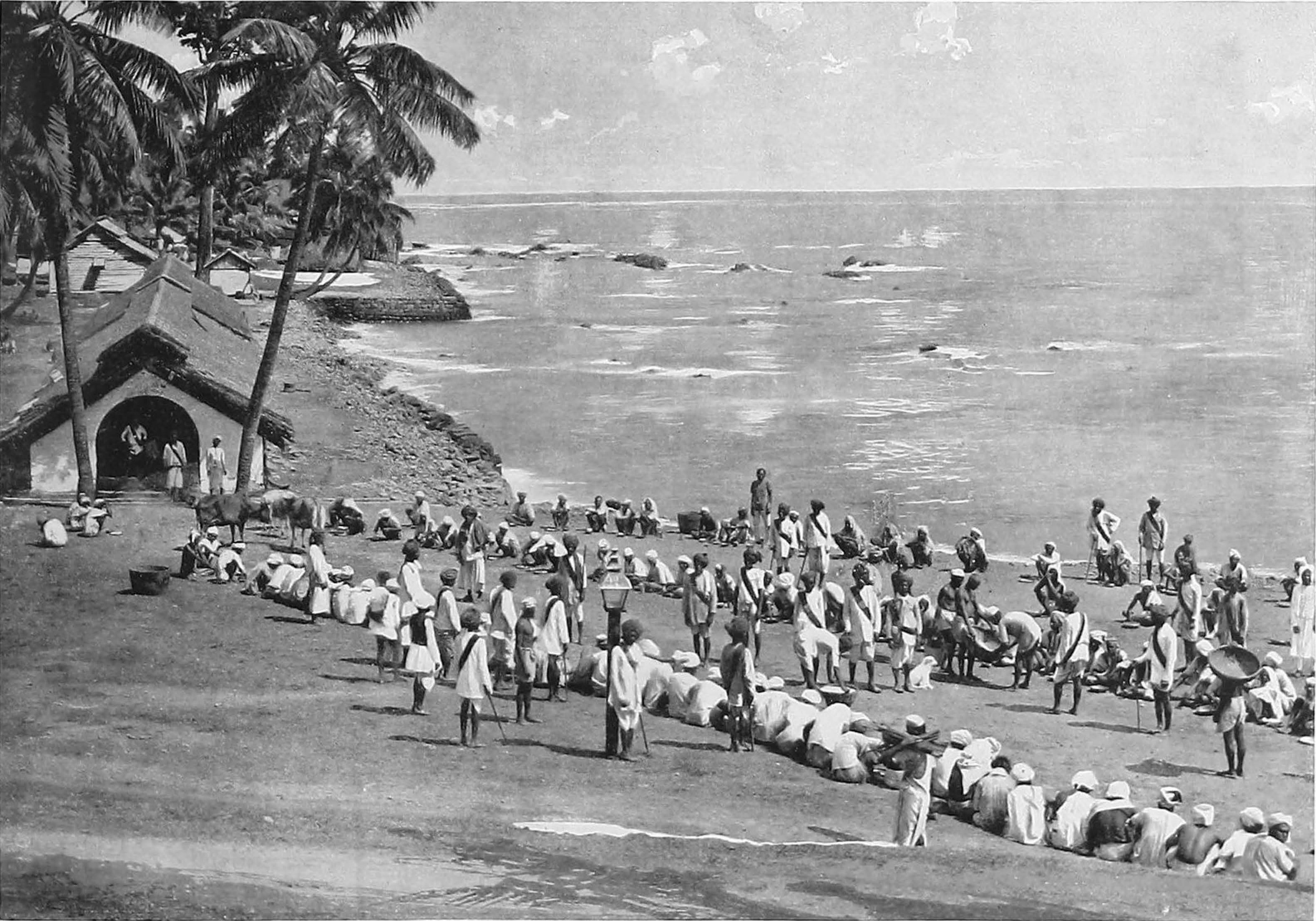
The scheme did ill however and as another outbreak of disease ravaged the new settlement, fearing spread of disease from the convicts and embarrassments of mounting mortality and expense of maintenance, the transportation to the Andamans was abolished.[6] The British abandoned the Islands altogether in May 1796 and the survivors were sent to the neighbouring penal settlement in Penang (known as Prince of Wales Island) or repatriated to Bengal.
“The short history of the first British-India colony in the Andaman Islands … shows that European settler colonialism at the time had not resolved the contradictions generated by native settlers. The place of aborigines in the political space of the settlement was further unresolved. The newcomers in the Andamans spent six years on a literal and conceptual beach; the limited space between the ship and the jungle. Not knowing how to integrate the Andamanese into the ideology of their intrusion, and unable to sustain the vision of a permanent civilisation in the islands, they fell into a state of panic and dispersed.”[7]
The transportation of Indian prisoners to overseas penal settlements was started by the British in 1787. In the same period a smaller number of offenders were also shipped to mainland jails across India, to Alipore near Calcutta, and smaller district jails in the Bombay and Madras presidencies. The first penal settlement for receiving Indian convicts was established by the East India Company in Bengkulu (1787-1825), followed by the Andaman Islands (1789-96), Penang (1790-1860), Malacca and Singapore (1825-60), and the Burmese provinces of Arakan and Tenasserim (1828-62). A large number of prisoners from Bengal were sent to British Bencoolen penal settlement in Sumatra. Subsequently, prisoners from Madras and other provinces were also despatched to various settlements.
Penal transportation was resorted to extensively during the 1780s, 1820s and post 1857, noticeably the periods which saw a rise in banditry, thuggee and popular rebellions in the Indian mainland. Transportation emptied overcrowded mainland prisons and was economically viable, since it helped them meet the cost of imprisonment, which at the time did not involve a productive use of convict labour. It further served an ideological function for the British Empire, since penal transportation as a substitute for capital punishment was intended to impart a benign and merciful appearance to colonial authoritarianism, and at the same time was used for dealing with problems of collective crime.
Set within the rhetoric of moral reform, the object of the penal settlement was to turn the life sentence into a semi-free and self-supporting existence, by distancing the convicts from their familiar surroundings and subjecting them to hard labour and discipline gradually relaxed over a decade, leading them along a continuous course of practice in self-help and self-restraint and offering them every inducement to take advantage of that practice.
However there were inherent contradictions within this rhetoric of reform that illustrated the conflict that existed between the penal and economic aims[8], and consequently not much emphasis was put on discipline, surveillance and segregation of habitual and non-habitual offenders. The stated benevolent purpose was not borne out in practice as conditions became too excruciating in certain periods. Sir Thomas Stamford Raffles, Governor of Sumatra, pointed out in a letter written to the Government of India, that in the system prevailing in the penal settlement at the time, the stated object of transporting convicts to a far off place to reclaim them from bad habits were not achieved. In his opinion, even those prisoners who expressed an inclination to reform themselves were not given sufficient encouragement. In fact, the authorities mainly employed the convicts for tasks of clearing forests, making roads and for developing the settlement. Most settlements degenerated to living hells and frequent incidence of suicide indicated the desperation and powerlessness of the convicts. The Jail Committee of 1919-20 which reviewed the Andaman settlement noted that, “…absolutely no attempt whatever to provide any kind of reformative influence on the convict has ever been made.”
Later the policy was to ameliorate the conditions and then again make them more severe and deterrent as increasing numbers of political prisoners were transported to the penal colonies. The penal system was revised from time to time according to the requirements of settlement and developed within the existing conditions. In the initial phase of the penal colonies, most of the prisoners shipped to Mauritius and the Andamans were ungovernable subjects from British colonies, convicted for dacoity, murder and banditry. For Indian convicts the transportation was viewed as exceedingly harsh and an effective deterrent since it invoked fear of the unknown and that of transgressing caste taboos.
The term, Kālā Pānī, translated literally ‘black waters’, to refer to exile to the remote Andamans actually predates the Cellular Jail, the habitation it is better known by. This discourse though is confuted somewhat by the available statistics of the caste and religious backgrounds of the convicts reaching Southeast Asia region, which reveal that Muslims formed the largest overall group of Bengal convicts, nearly 33.6 percent, as against 12.4 percent from caste Hindus. Though in the earlier years of the settlement transportation might indeed have invoked dread in the minds of Indians, since convicts were not allowed to return to India and due to information that filtered to the mainland about the miserable conditions and high mortality, subsequent surveys found in fact that the Andamans had become too lucrative. The Committee of Prison of Discipline agreed with the recommendations of the Indian Law Commission of 1837 observing that “…the transportation was not regarded as dreadful by the convicts to the same extent as was feared by them some time ago,[9] the Law Commission of 1847 was inclined to restrict the transportation to life-convicts only.”
This changed however in the wake of the uprisings that swept across India in 1857-1858. As the ‘mutiny’ was suppressed, large-scale executions of Indian rebels were carried out, but a huge number of survivors taken prisoners remained and it became more urgent than ever to provide a resource for guarding the desperadoes of the mutiny extramurally, to cut them off from the native land and their society, to which they had no prospects of returning, leave alone cause ferment. The government of India decided to transport convicts sentenced on charges of mutiny, rebellion and for other offences connected therewith, and this became the direct context for the construction of the jail in Viper Island.[10]

On November 20, 1857 Lord Canning appointed a commission, headed by Dr. Fredrick John Mouat, and with Dr. G. R. Playfair and Lieutenant J. A. Heathcote as members, to examine and report on a prospective location in the Andaman Islands for building a penal colony afresh. The commission known as the “Andaman Committee” reported favourably, selecting as the most suitable site Blair’s original Port Cornwallis, but pointing out and avoiding the vicinity of a salt swamp which was thought to be the source of the tremendous pestilence to the previous colony. Construction began in January 1858 and to avoid confusion the name ‘Port Blair’ was given to the new settlement. What also changed was the conditions of the detention and the treatment of prisoners, which turned more dire and punitive.
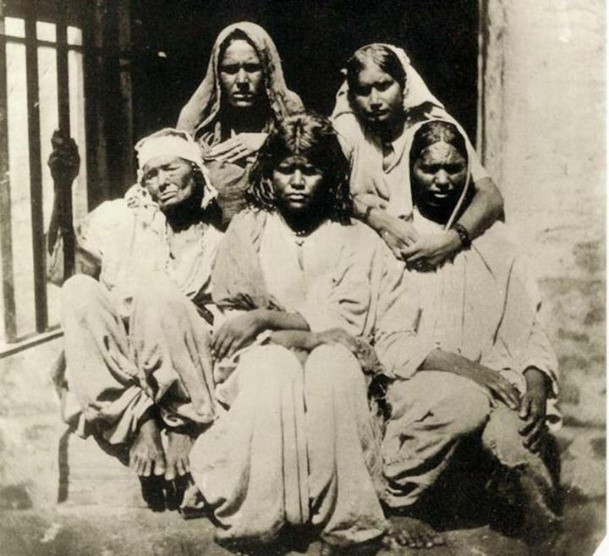
The first challan (group) of 200 mutineers including women were transported under jailer David Barry and Dr. Maj. James Pattison Walker [11], in March 10, 1858 to Port Blair, condemned to life imprisonment at hard labour, under cruel and degrading conditions. Immediately after the ‘mutiny’, British officers who had served through ‘that awful time of trial,’ could not be expected to treat a body of convicted rebels with any undue leniency.[12]

In almost perennial rainy weather, with heavy bar fetters and shackles, with bare clothing and inadequately fed, in deep primeval forests, surrounded by snakes, leeches and scorpions, the freedom fighters were coerced to grinding labour along with common criminals, clearing land for roads through the marshes. They were whipped mercilessly and faced still more hard labour if they slowed down. Many died of disease and starvation, while many others were executed or committed suicide. The rate of mortality in 1859 was 63 per cent! Sir Robert Napier who visited the penal settlement in 1863 remarked:
“Nothing has more forcibly struck the President in in Council during his inspection of the penal settlement than the miserable appearance of the working convicts most of whom appear scarcely to have a rag to cover them.”
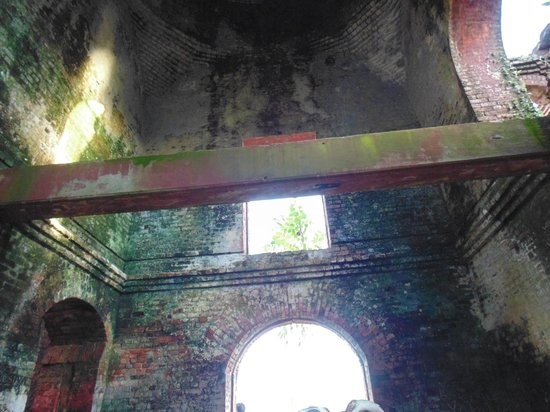
The worst forms of torture and hardships were inflicted on the convicts, characterised by lock-up, manacles, stocks and whipping stands. The scheme of punishment proposed by Ford meant Viper Island to be a place where punishment was to be actually inflicted on offending convicts. The jail became notorious by the name ‘Viper Chain Gang Jail’, for a form of painful shackling the convicts were subjected to, chained together and confined at night by a chain running through coupling of irons around their legs. Another form of punishment was flogging and a convict officer was permitted to inflict six stripes before any enquiry was conducted by a responsible official. The moral effect of such a place, where severe punishment could be safely inflicted, was expected to be great, the fear of being sent there supposed to act as a check against crime elsewhere. Convicts were also used as guinea pigs to clandestinely test new drugs.[13]

Though a number of getaways by the prisoners was attempted, the vast stretches of water and hostile aborigines made escape an impossibility.[14] Fugitives caught were summarily hanged.[15] A plot by about 200 convicts from Panjab, mostly Mohammedan, to overthrow British authority in the Islands was also uncovered on April 1, 1859. It was foiled because Walker was fortunate to get prior wind of it, but he nearly got killed in the attack and was saved by two gangsmen. The conspirators were however prisoners convicted for criminal offences and no freedom fighter was involved. Prisoners sent to the Andamans for taking part in the ‘mutiny’ did not associate with other common felons. Under the perilous circumstances however Walker was obliged to resort to sterner measures.
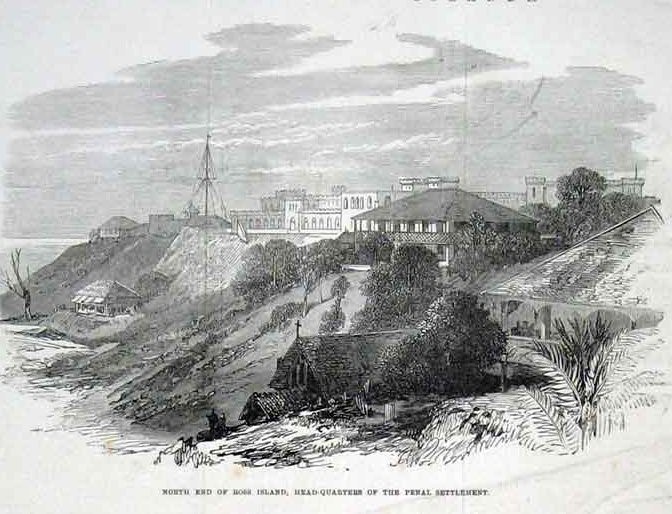
The British Government of India however took a severely disapproving view of Walker’s extreme actions[16] and conditions were alleviated somewhat as Walker departed and Captain Haughton took over on October 3, 1859 as Superintendent. Intrusive expeditions to the interiors of the Island into the heart of tribal land which irked the aborigines, and aggressive clearing of land was stopped. Under successive superintendents, especially Colonel Henry Man[17], a formal system of convict management[18] in the settlement began to develop. Permanent shelters for the prisoners, a hospital and barracks were constructed and a messing system was introduced in 1867 to provide better diet to the prisoners.
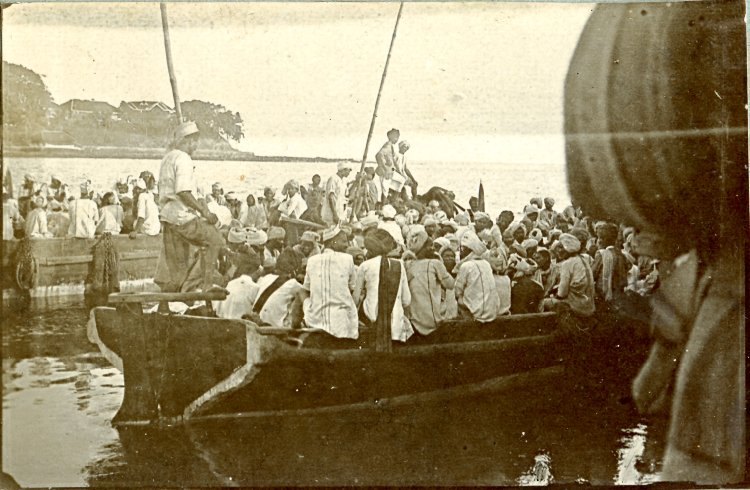
The need for a full-fledged colonial establishment was felt subsequently, construction on which was undertaken to the South on Ross Island, in 1864–67, by convict labour supervised by Lt. Col. Barnet Ford, which served as the headquarters of the settlement. A further 733 political prisoners from Karachi were transported to the islands in 1868.
Among the rebels of the ‘mutiny’ transported as prisoners to the Andamans were many men of noble character and learning. ‘Galib’, the famous Urdu poet mentions that his friend Allama Fazli Haq ‘Khairabadi was transported to the Andamans where he subsequently expired. Maulana Liaqat Ali, a reputed leader of ‘Mutiny’ also died in the Andamans. Unfortunately the rolls of the ‘Mutineers’ sent to the Andamans are not traceable among the records of the National Archives of India. Among the convicts was also one of great rank: Gajapati Bir Kishore Singh Deo, the Maharaja of Puri. Treated like an ordinary criminal he died there in 1879 due to physical torture. Another convict much less in dignity, for whom the colony acquired a tragic notoriety, was Sher Ali Afridi (Kuki Khel or Kooka Kheyl)[19] who assassinated Lord Mayo, the Viceroy of India, during an inspection by the latter to the Serpent Island (another name for Viper Island) surveying possibilities for a sanitarium, at Hopetown Jetty at the foot of Mount Harriet, on February 8, 1872. Afridi was hanged on March 11, 1873. A Wahabi named Mir Jafar Ali ‘Thaneshwari’, who returned from the Andamans earning his release in November 9, 1883 after undergoing twenty years’ penal servitude, described Afridi as a frustrated Wahabi. Based on this account, Sher Ali appears to have been prompted to commit the crime with the ultimate object of establishing an Islamic State.[20]
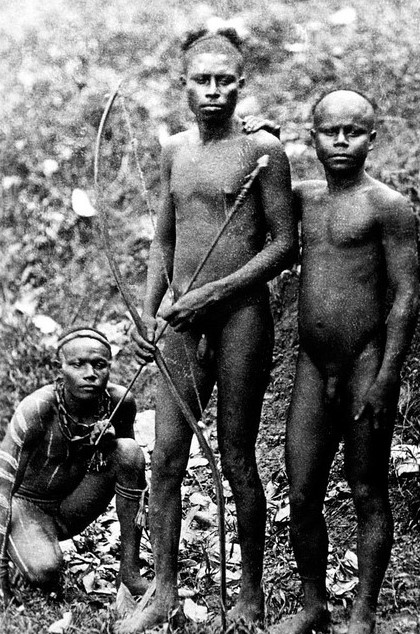
Sickness and mortality continued to plague the settlement for some time, but with the reclamation of the swamp and clearing of the jungle on an extensive scale, undertaken as Colonel Man took over as Superintendent, the health of the settlement improved perceptibly, though not greatly reduced.
In a departure from the previous policy devoid of any civilising agenda to extend the scope and scale of the colony[21] and leaving the aborigines as undisturbed with their lives as possible, the British built ‘tribal homes’ in the new settlement in a bid to ‘tame’ the aborigines, with whom the previous settlers had troubled interactions. One of these was the ‘Andamanese Home’ in Port Blair, a repressive institution, albeit disguised as a charitable one, set-up in 1863, by Rev. Henry Fisher Corbyn of the Bengal Ecclesiastical Establishment. It was owing to these disruptions by colonialists and the diseases[22] brought by them[23] against which the aborigines had no resistance, that most indigenous tribes of the Andaman Islands are either extinct[24] or severely endangered today,[25] divested of their habitat and critically depopulated[26].
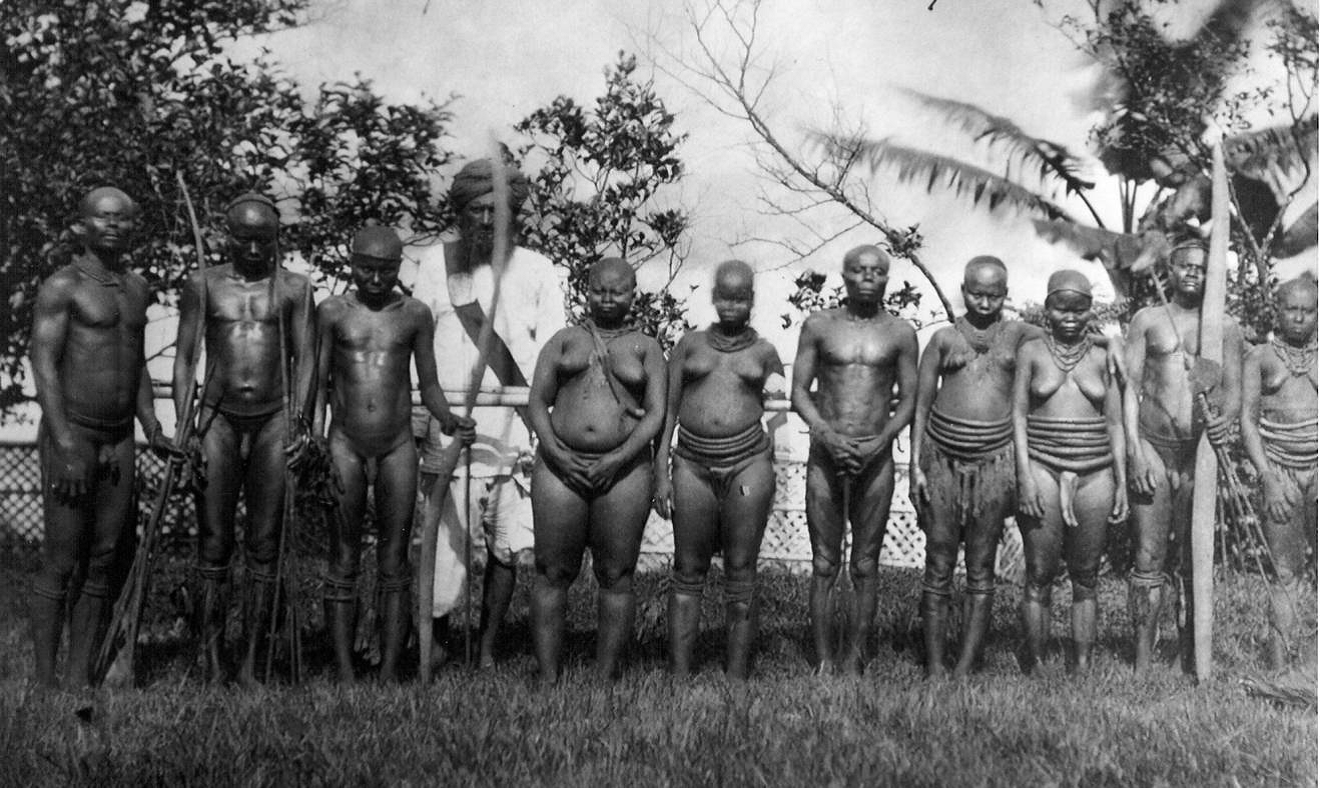
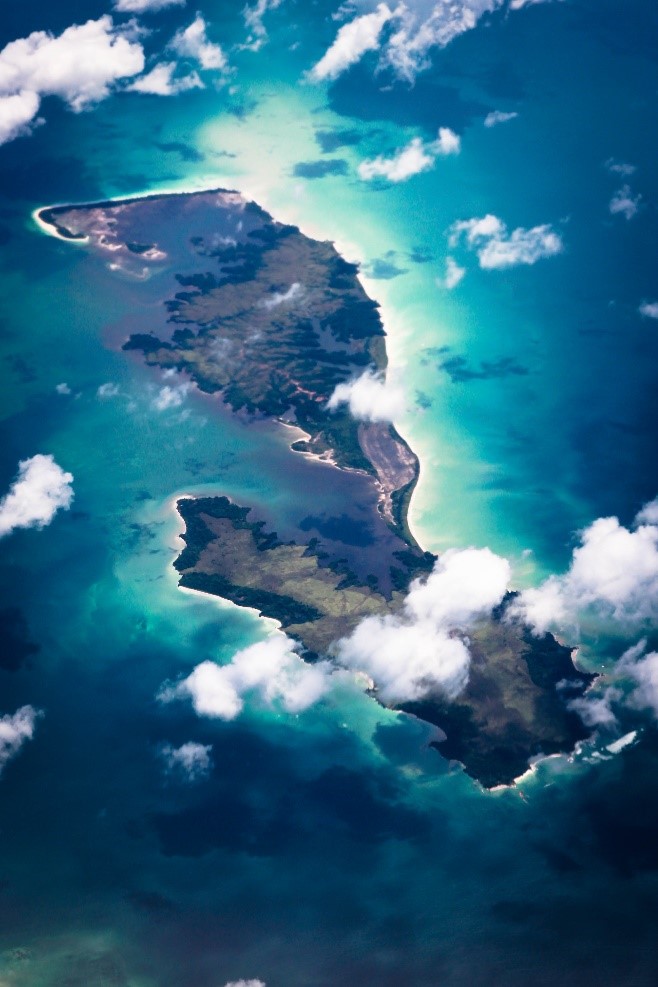
Continued outrages upon British vessels by Malayan pirates prompted the formal occupation of the Nicobar group of islands by the British, which was united with the Andaman Group and placed under the control of the Superintendent, Port Blair, on April 16, 1869 and the designation changed to ‘Chief Commissioner of the Andaman and Nicobar Islands’. A penal settlement was also established at Nancowry harbour, which was placed under the charge of an Assistant Superintendent.
The recommendations of Sir Henry Wylie Norman, who had been deputed by GoI to review conditions of the settlement, led to radical changes to the system of penal servitude in the Andamans. Term convicts were for the first time permitted to be transported to the Andamans.
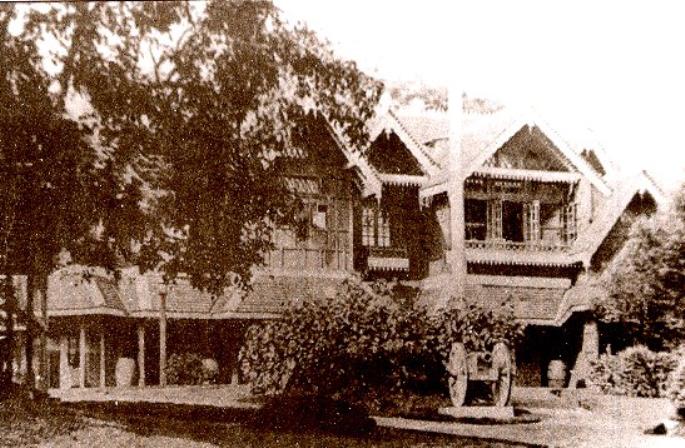
The ‘remission system’[27] was introduced and provisions made for the release of life convicts after a stay of twenty or twenty five years.
This visit was however followed by another deputation in 1890 of two officers, to confer with the Superintendent on matters connected with the working of the settlement, which changed the character of the penal colony in the Andamans forever: that of Surgeon-Major A. S. Lethbridge, Inspector General of Jails, Bengal, and C. J. Lyall, Chief Commissioner Central Provinces. The two-storey jail building in Viper Island today is a desolation tumbled to the plinth level except for a portion of the roof with the dilapidated outer wall, a dim reminder of a significant but neglected stream of the independence struggle of Indians – India’s militant freedom movements, which excessive projection of Gandhi’s idolisation of non-violent movement has led to be excluded from the dominant narrative. Apparently, the real threat to the Empire was felt from these, so much so that it was thought fit to banish the leaders of the movements to the remote archipelago.
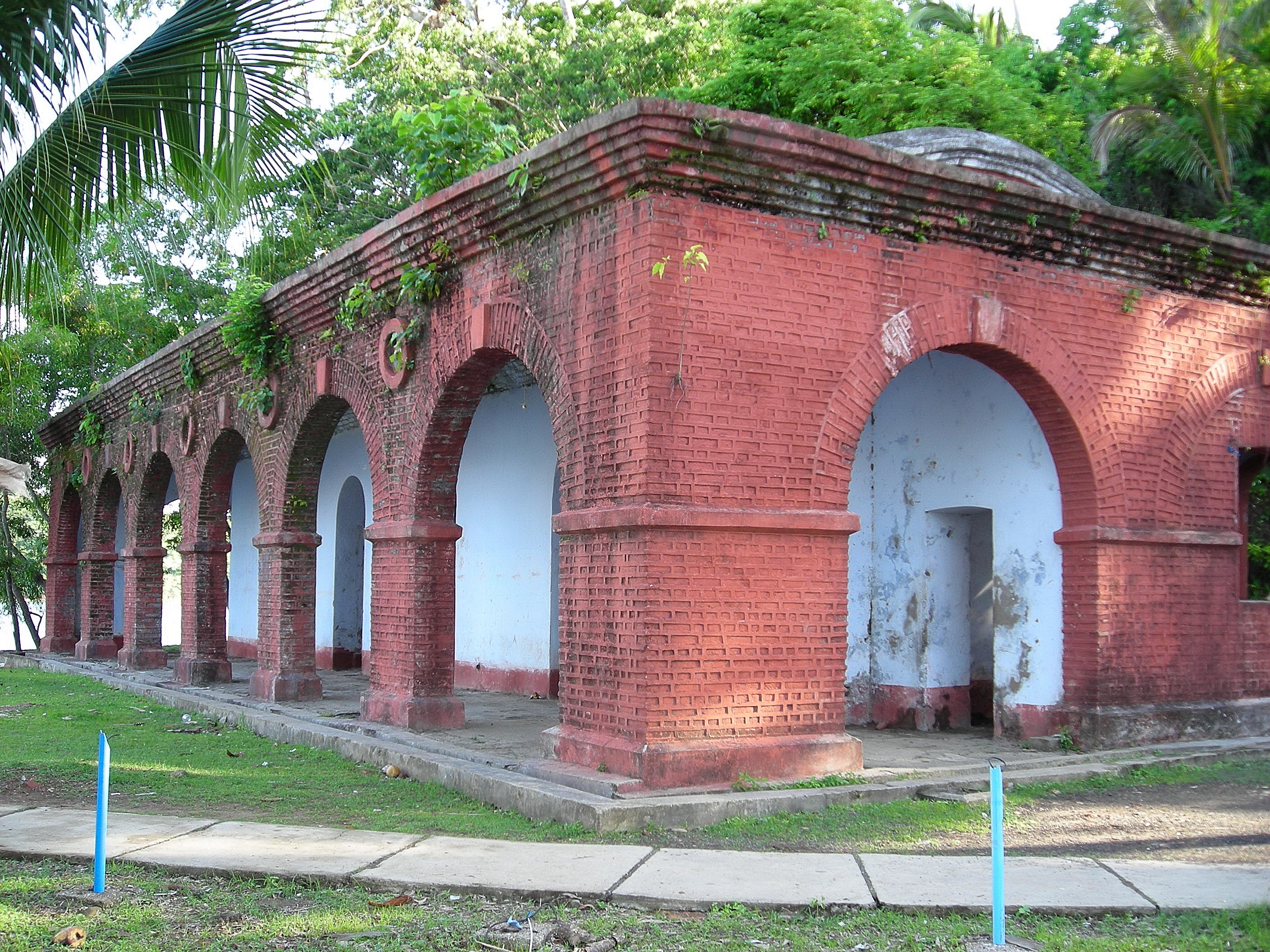

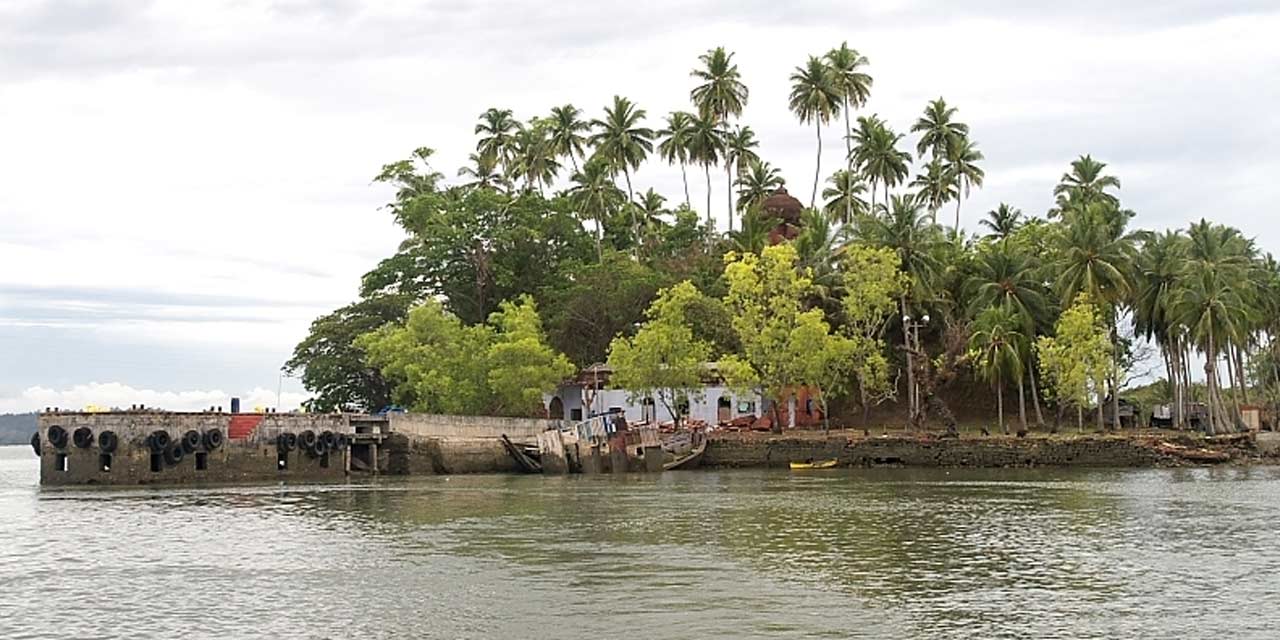
Cover Picture:
Construction in progress at Viper Island (Source: Wiki)
Read the next section of this series here.
[1] “The origins of the idea of colonising the Andamans can be traced to the mid-1770s… As relations with France worsened, the East India Company decided that it needed a naval station in the Bay of Bengal that would obviate the need to send heavy ships to Bombay for repair and replenishment. A new port at the mouth of the Ganges was found to be “totally Impractical”, and Prince of Wales Island (Penang) was too far along as a civilian station to be reconfigurable.”
[2] Bombay Marine
[3] Brother of the Governor-General
[4] Who took over from Blair as Superintendent on March 5, 1793
[5] ‘Instructions to Captain Alexander Kyd’, February 18, 1793
[6] “Continuance of the fatal effects of this baneful climate has so dispirited every class of men, that they are all solicitous to leave it.” (A. Kyd)
[7] Satadru Sen, ‘On the Beach in the Andaman Islands: Post-mortem of a Failed Colony’
[8] The British authorities in India re-considered the utility of transportation as reformative measure. The Indian Law Commission of 1837 did not favour the transportation of term-prisoners along with life convicts.
[9] It is however possible that the refusal of many of the convicts to return to their homes for the fear of excommunication on account of loss of their caste was assumed by the Commission to mean that the convicts to some extent did not fear transportation as they did earlier.
[10] The tiny and serene island derives its name from the vessel ‘HMS Viper’ one of the ships (the other being ‘HMS Elizabathe’) with which Lt. Archibald Blair arrived in the Andaman and Nicobar islands in 1789. The vessel, it is believed, met with an accident and its wreckage was found near the island.
[11] The first superintendent to the Penal settlement at Port Blair
[12] National Archives of India, Home Department, Judicial Branch, A Progs. No. 32, July 29, 1859
[13] “Regarding a new drug, cinchona alkaloid, the experimental use is very desirable… and should be confined to 1,000 convicts.” (Despatch 197, dated June 24, 1880, from the Secretary to the Government of India, Simla, to Dr J Reid, Senior Medical Officer, Port Blair)
[14] Despite this, many attempts of escape were made, most however unsuccessful.
[15] By mid-April 1868, 288 inmates were on the run. When, on May 13, 88 of them, “driven by the murderous attacks of the savage aborigines,” limped back into Port Blair pleading for mercy and medicine, Dr Walker hanged 86 of them in a day.
[16] He also received stern censure for giving provocation to the aborigines who had made repeated attacks on the settlement during his tenure. Several Andamanese had been killed and injured in retributive attacks on their settlements and a firing ordered by him in a skirmish provoked by the British.
[17] Who founded the settlement a decade earlier, appointed Superintendent from March 1868 to March 1871
[18] On the basis of the rules framed by Man, formally codified methods of convict management known as the Andaman and Nicobar Regulations were formed in 1876 which remained in force with some modifications until 1945.
[19] He was however possessed with no noble sentiment of the freedom fighter. A British loyalist in the 1857 War of Independence, he was condemned to life imprisonment in 1867, for murder in a tribal feud and banished to Andaman, for which he felt unfairly treated and nursed a resentment against the British.
[20] Dr. N Iqbal Singh, ‘The Andaman Story’
[21] Blair had been specifically exhorted by the Home Department repeatedly to observe “the most humane and conciliatory conduct towards the natives of the country.” (GoI to Blair, November 12, 1792)
Fort William’s directive to Kyd when he took over as Superintendent, read: “[Y]ou will…[ensure] that the utmost degree of forbearance is observed to secure them against ill-treatment or violence of any sort whatever, and you will never permit force to be used against them, but in cases of the most urgent necessity for self-defence. You will, on the contrary, endeavour to conciliate them by kind usage, by distributing…trifling presents…and you will leave them in the undisturbed possession of their shores and fishing places, in the same state of freedom, in every respect, as that in which you find them.”
Kyd was also instructed to prevent any “commerce” in the Andamanese (referring to cruelties inflicted on the Andamanese by Malays who kidnapped them for their slave trade) by the Malay and other unenlightened intruders. (‘Instructions to Captain Alexander Kyd’, February 18, 1793)
[22] measles, syphilis, mumps, influenza, gonorrhea, ophthalmia and malaria
[23] “The present generation may be considered as the last of the aborigin’s of the Great Andaman.” [‘A History of Our Relations with the Andamanese (1899)’ – Vol. 2, Maurice Vidal Portman, Officer in-charge of relations with the aborigines (1879-1900)]
[24] Among others, the Juwai, Kol, Balawa and Bojigyab tribes
[25] “The Andaman Home was the door of death to the Andamanese race.’’ (Egon von Eickstedt, noted anthropologist)
[26] They were decimated from an estimated 4,800 strong population in 1857 to barely 233 by 1951.
[27] “After ten years’ graduated labour, the convict is given a ticket-of-leave and becomes self-supporting. He can farm, keep cattle, and marry or send for his family, but he cannot leave the settlement or be idle. With approved conduct, however, he may be absolutely released after twenty to twenty-five years in the settlement; and throughout that time, though possessing no civil rights, a quasi-judicial procedure controls all punishments inflicted upon him, and he is as secure of obtaining justice as if free.” (1911 Encyclopædia Britannica)

Hello!
I hope this message finds you well.
I thoroughly enjoyed reading this article, it is full of interesting information. I am a PhD student at the University of Edinburgh and I too am currently researching the history of the Andaman Islands and I am particularly interested in the Andaman people’s perspective of the colonial history of the islands. Would it be possible to get in touch with the author of this article to discuss their sources and have a chat? Thank you!